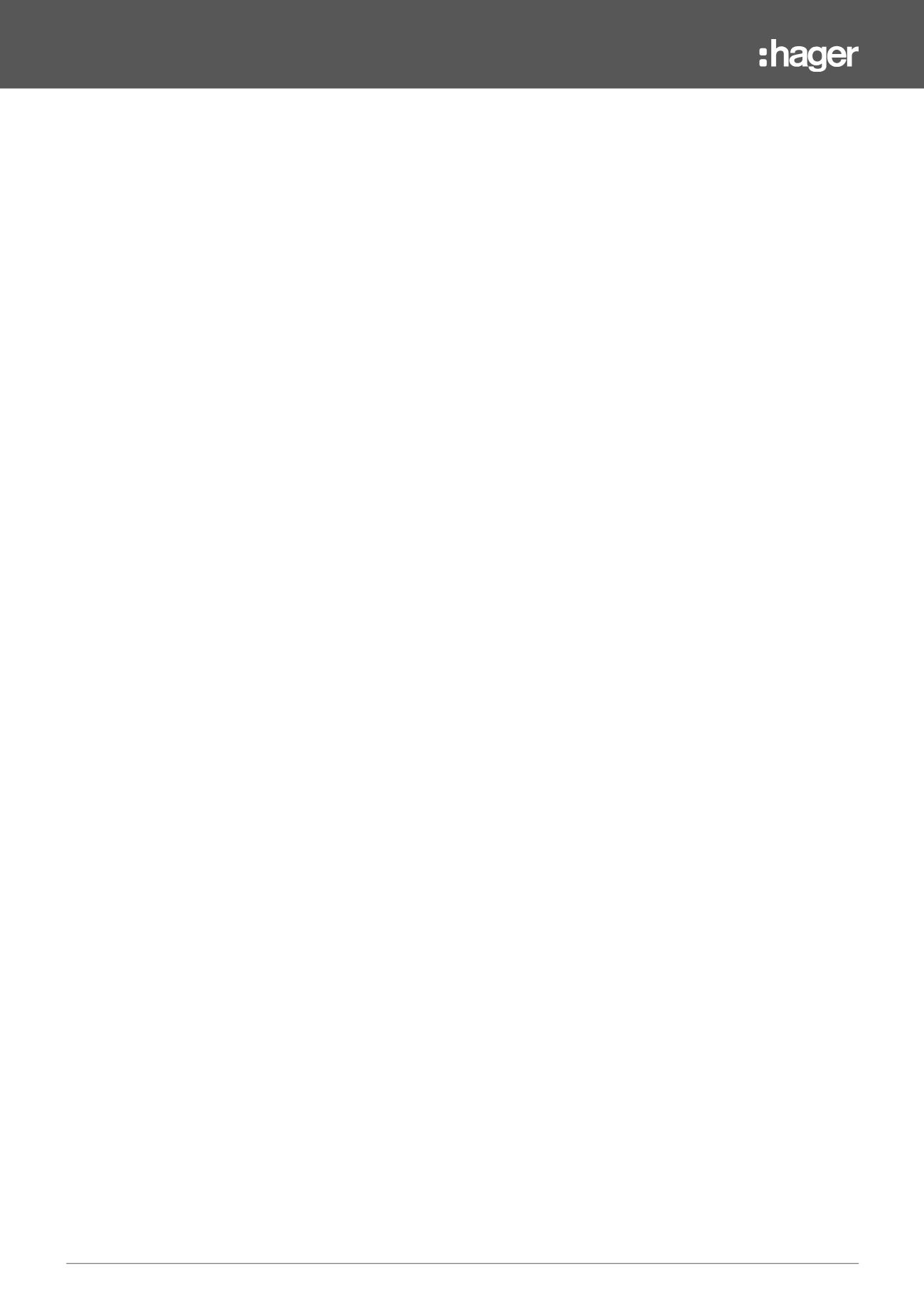

3.35
Data is subject to errors and technical modifications.
Lighting, Connection
& Control
Klik 7 Pin
Lighting Control Module Functions (via KlikLink App)
LCM Functions (via the KlikLink App)
Lighting Configuration Profiles.
The KLCM KlikLink App is pre-loaded with the most common room type configuration profiles. These are selected in the File Manager section of the KlikLink App
and are provided to speed up the LCM set-up.
Switching - On/Off.
Each channel is capable of being switched via one of four switch inputs. This is an on/ off state utilised for standard luminaires.
Presence and Absence Sensing.
Each output channel can be set to Absence or Presence and can be different on each channel. Absence detection will give the best energy efficiencies by
minimising unwanted activations, whilst Presence gives an immediate response to occupation in an area.
Sensor with integral lux sensor.
This allows daylight dimming and switch utilising any natural light available
Dimming – DSI, DALI (Broadcast).
The LCM takes information from the sensor and broadcasts a signal on the required channel to all connected luminaires and can be controlled via a retractive
wall switch or utilising the daylight dimming function. The protocol for this broadcast is selected during programming.
Scene Setting.
Four lighting scenes are possible (plus global Up/Down-On/Off) and can be achieved with via centre off two pole retractive grid switch modules (three grid
modules to control all inputs) The LCM can be configured during programming to have two separate scene profiles.
Partition Switch Function.
This allows the control of a room with a partition and switch fitted. If a partitioned room has individual wall switches controlling each section, when the partition is
removed, both sets of switches could control the whole area. This can be used in conjunction with profiles.
Corridor Hold Function.
This is achieved by linking a series of LCMs together with an RJ45 lead and assigning certain channels with the attributes of a corridor. If there is any area
occupied, the associated corridor lighting will be held ON.
Variable burn in up to 250 hrs.
Allows dimmable luminaires to be set at 100% output for the required burn in time period (Dimming is disabled during this period) This may be beneficial to the
life of the lamps. After the burn in time, the LCM will return to any programmes set (e.g. dimming)
Integral Emergency Test Timers.
This allows the emergency test to be carried out via an emergency test switch. The timers can be set for up to five hours within the App. Whilst on test the other
luminaires will dim to a pre-set value.
Light Level Offset between Channels.
This function allows the levels from different channels to set as a percentage of the lead channel. For example when a number of different dimming levels are set
within an area as a scene set, the lighting levels can be adjusted universally across all channels, whilst maintaining the relationship between channels.
3 Level Timeout.
Allows the lighting to turn Off or Down in three stages. When no presence has been detected for the timeout period, the lighting can be turned down to the first
set level. After a further period the lighting can be reduced further and after the final time period the luminaires can be turned off or driven to a minimum value set
during programming.


















